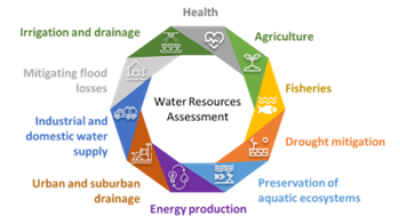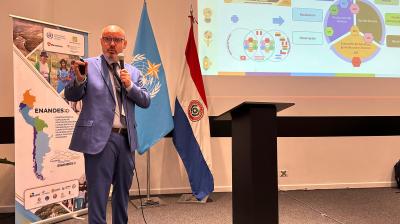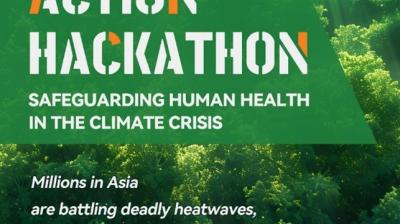Harnessing Emerging Technologies for Disaster Risk Reduction
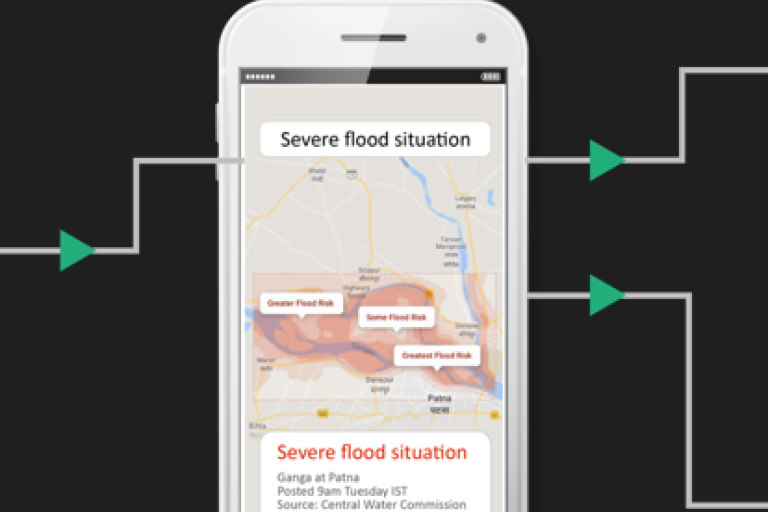
WMO is seeking to drive digital transformation by exploring the use of emerging technologies such as Artificial Intelligence (AI), drones, Metaverse, Digital Twins, Internet of Things (IoT) and others in the hydrological domain. Over the last two decades, disasters have claimed nearly 1.23 million lives, impacted livelihoods and cumulated trillions in economic losses, resulting in the destabilization of the socioeconomic fabric of many countries and regions. Floods have doubled in frequency over the last 20 years, becoming the one of the most frequent causes of disaster. The resulting loss of human lives and extensive damages are bringing about long-term and far-reaching changes to economies and migration patterns. The recent floods in Libya, Pakistan and Germany offer examples of the devastation. Droughts, on the other hand, are slow onset events with impacts that become visible over time: aggravating poverty and hunger while also affecting ecosystems in the long-term through desertification, biodiversity loss and wildfires. The Drought in Numbers report notes that more than half a million lives were lost due to droughts between 1970 and 2019. WMO recognizes that the emergence of frontier technologies could have a transformational impact flood and drought disaster risk management.
The Focus Group on AI for Natural Disaster Management, a collaborative effort between WMO, International Telecommunication Union (ITU), and United Nations Environment Programme (UNEP), has been instrumental in exploring the potential of Artificial Intelligence (AI) in predicting and supporting disaster risk reduction efforts. MedEWSA (Mediterranean and pan-European forecast and Early Warning Systems for natural hazards), one the projects of the Focus Group, leverages AI for early warning and risk analysis to enhance resilience in the face of disasters.
Early Warning Systems (EWSs) are vital to reduce and mitigate the adverse impacts of natural hazards such as floods and drought. However, the onset of climate change is disturbing existing weather patterns and exacerbating extreme phenomena, leading to longer, more intense dry periods and increases in the frequency of severe floods. This poses a challenge to the existing EWSs in terms of detecting these hazards and their impacts. But emerging technologies can play crucial role in strengthening the four pillars of the Early Warnings For All initiatives: disaster risk knowledge, observations and forecasting, dissemination and communication, and preparedness and response.
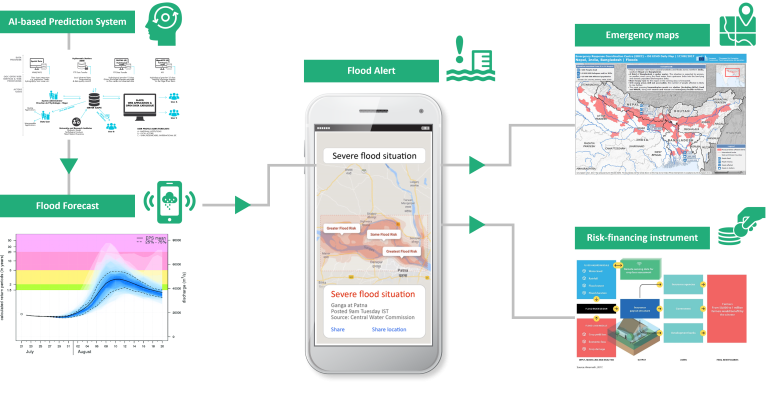
On the occasion of the International Day for Disaster Risk Reduction, WMO, ITU and the United Nations Convention to Combat Desertification (UNCCD), organized a webinar on Disaster risk reduction in the digital transformation age: Leveraging emerging technologies. The webinar explored the practical applications of cutting-edge technologies, including AI, drones, IoT, and immersive technologies like Digital Twin and Metaverse.
The panelists showcased practical use cases that demonstrate how the different technologies are instrumental in disaster management. Project Sunny Lives, an initiative led by Microsoft in India, employs AI and machine learning to assess vulnerability. Satellite imagery was used to classify seven dwelling types in low-income settlements by employing a U-net-based neural network model. This classification, combined with inundation models, formed a risk assessment system for vulnerable areas.
Besides AI, several other technologies are being employed across the different stages of the disaster management cycle. The International Water Management Institute (IWMI) has made use of IoT sensors along with remote sensing to provide water level data and incorporated citizen science data to pilot parametric insurance products at the village level for multiple districts in South Asia. Drones are being employed to generate images with high spatial resolution for hazard and risk mapping as well as to locate survivors using thermal imaging.
A comprehensive disaster management solution will require the integration of multiple technologies. Drones, IoT and digital twin can complement AI-based prediction models to bolster disaster risk management and further enhance the effectiveness of EWSs. In Finland, the city of Tampere is building on multiple technologies – XR (extended reality), generative AI and connectivity as well as 5G and future 6G technologies – to become “smarter” and more sustainable, even extending to create a cognitive city within the metaverse to facilitate data-driven decision-making. These technologies offer a ray of hope, promising more effective disaster risk reduction and improved global preparedness. So far, the potential of the metaverse to identify disaster risk reduction solutions has not yet been fully explored.
The webinar audience expressed eagerness to learn more and to engage in related WMO initiatives and capacity building and training programmes to exploit these emerging technologies. Following the meeting, the Standing Committee on Hydrological Services endorsed the setting up of a Working Group on Digital Transformation in Hydrology and Water Resources. WMO calls on its Members to enrich the work of this group by adding the names of their national experts to the WMO Contact Management database and to make them available to participate in the Standing Committee’s activities.






